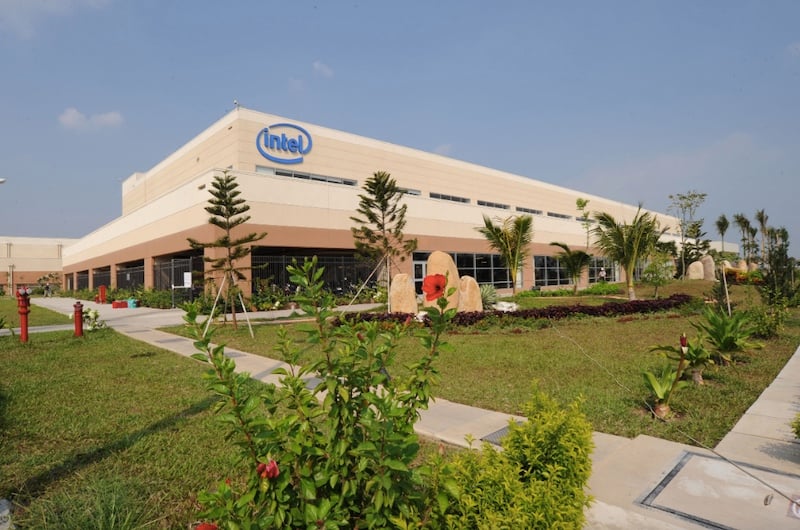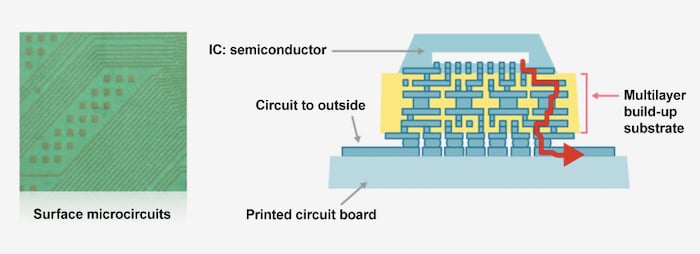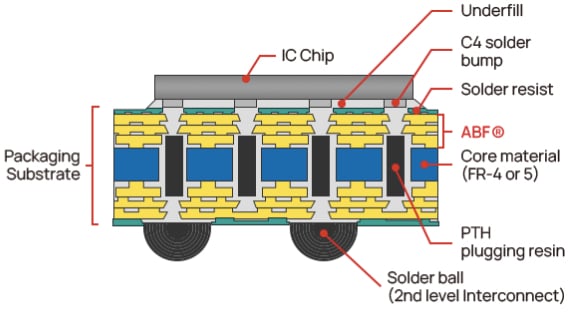oday, the continued chip shortage has caused the cost of components to fluctuate wildly—sometimes even in the span of 24 hours. These shortages have also given rise to a flood of counterfeit components known as the “gray market.”
Because Intel is one of the world’s top chipmakers, the company has been working behind the scenes to speed up manufacturing processes and revitalize the semiconductor supply chain at large. This week, Intel recognized its Vietnam site for easing supply chain shortages through a new initiative that rethinks Ajinomoto build-up films (ABF).

Intel invested $475 million in Intel Products Vietnam in January 2021. Image used courtesy of Intel
In this article, we’ll discuss the ABF substrate, its impact on the supply chain, and how Intel’s Vietnamese initiative is aiming to resolve market challenges.
What is an ABF Substrate?
One of the least glamorous, yet most important components to manufacture processing units is the Aijnomoto build-up film (ABF) substrate.
Today, semiconductor-based processing units have become extremely complex and highly integrated in order to scale down to nanometer processes. While this integration has been a significant boon for performance, it has also complicated the details of interconnection. Interconnecting electronics to the board and system level is more common on the millimeter scale—not the nanometer scale.
To accomplish such interconnections, almost all major semiconductor manufacturers employ an ABF. The ABF acts as a bed within the device package and consists of multiple layers of microcircuits that interface between the PCB and the nanoscale CPU.

An ABF interfaces an IC and the PCB. Image used courtesy of the Ajinomoto Group
The component takes its name from the Ajinomoto Group, which famously designs the thermosetting film that provides insulation to the processing unit. The film also exhibits important characteristics such as high durability and low thermal expansion.
ABF Decentralization
One of the major challenges plaguing the semiconductor industry is the acute shortage of ABF substrates. According to Intel, an added challenge of manufacturing ABF substrates is that these films are extremely decentralized.
For example, a key element of the ABF substrate is capacitors, which are largely used for decoupling and occupy both sides of the substrate. However, Intel has historically attached capacitors to only one side of the substrate while relying on external suppliers to attach them to the other side.

A lower level look at the ABF within a package. Image used courtesy of the Ajinomoto Group
The result of this decentralized manufacturing is decreased time to market and increased productivity.
Intel’s ABF Initiatives
Now, with ABF shortages looming large, Intel is aiming to compensate by increasing the productivity of its existing ABF manufacturing processes.
To do this Intel has announced that its Vietnam Assembly and Test (VNAT) factory will now attach capacitors to both sides of the ABF substrate in-house. This change will allow Intel to effectively remove a level of dependence on external suppliers during the ABF manufacturing process. The result, according to Intel, is the ability to complete chip assembly 80% faster.
Intel is offloading demand from the ABF suppliers by adding capacitors to both sides of ABF. In doing so, Intel hopes to not only improve its own manufacturing productivity but also help alleviate supply chain issues by letting ABF manufacturers focus on increasing their supply.

